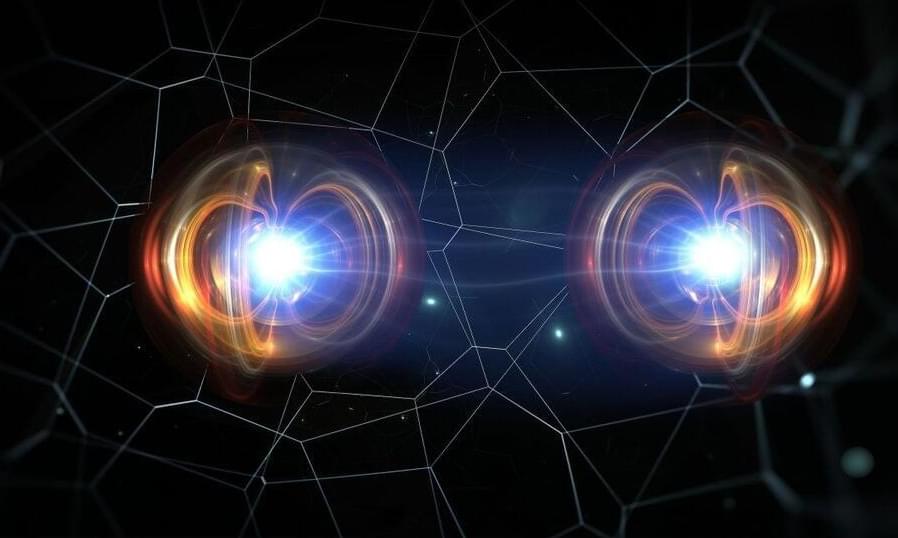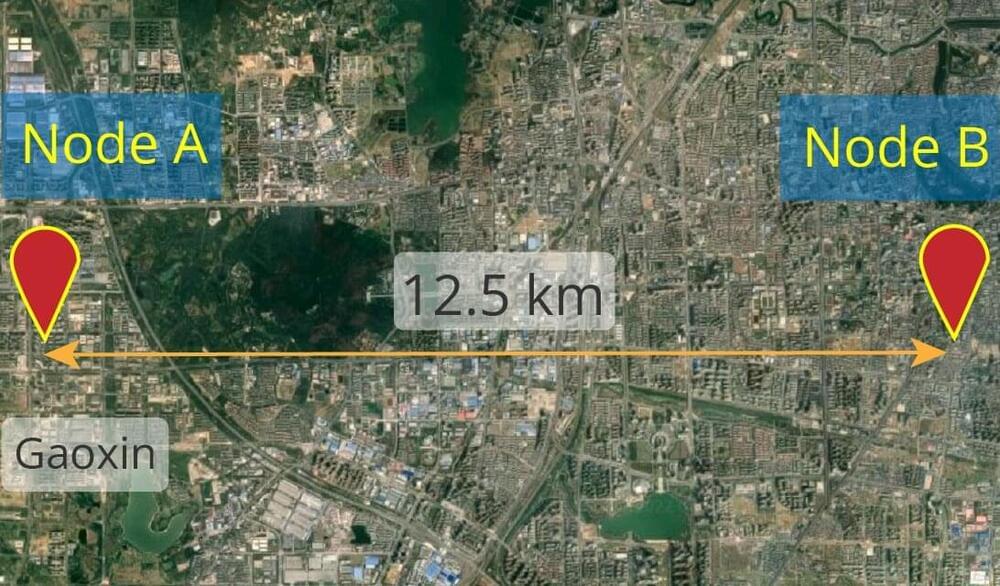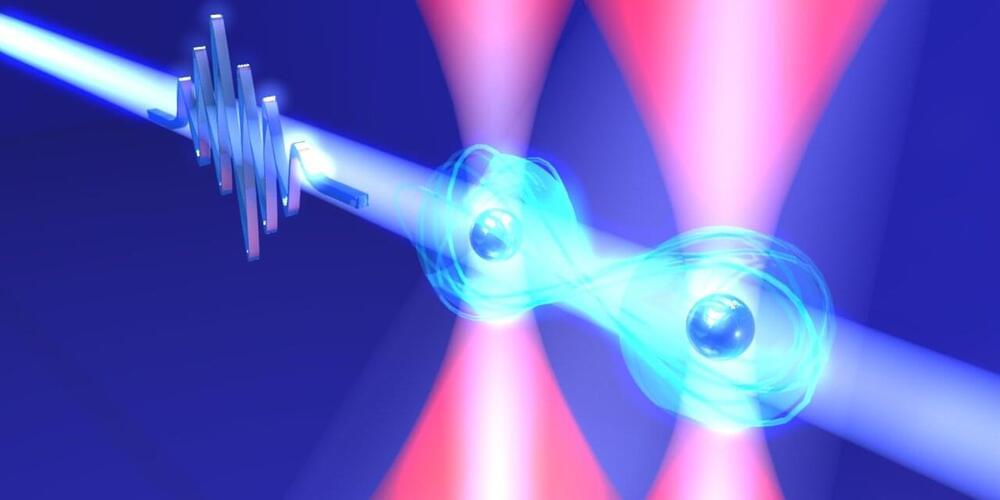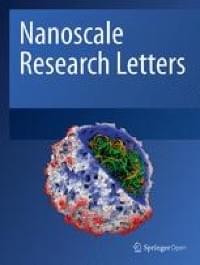Aug 16, 2022
Scientists blast atoms with Fibonacci laser to make an “extra” dimension of time
Posted by Dan Breeden in categories: computing, particle physics, quantum physics
The new phase of matter, created by using lasers to rhythmically jiggle a strand of 10 ytterbium ions, enables scientists to store information in a far more error-protected way, thereby opening the path to quantum computers that can hold on to data for a long time without becoming garbled. The researchers outlined their findings in a paper published July 20 in the journal Nature (opens in new tab).


















